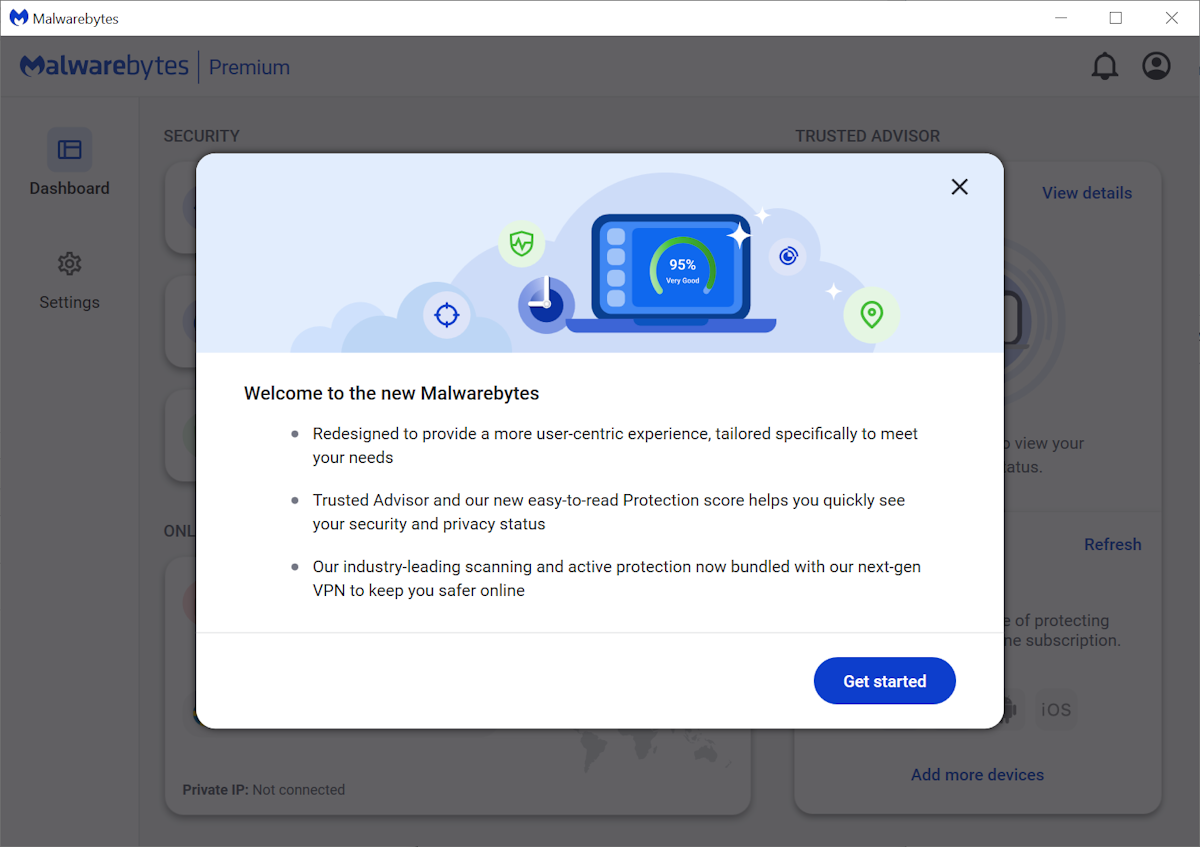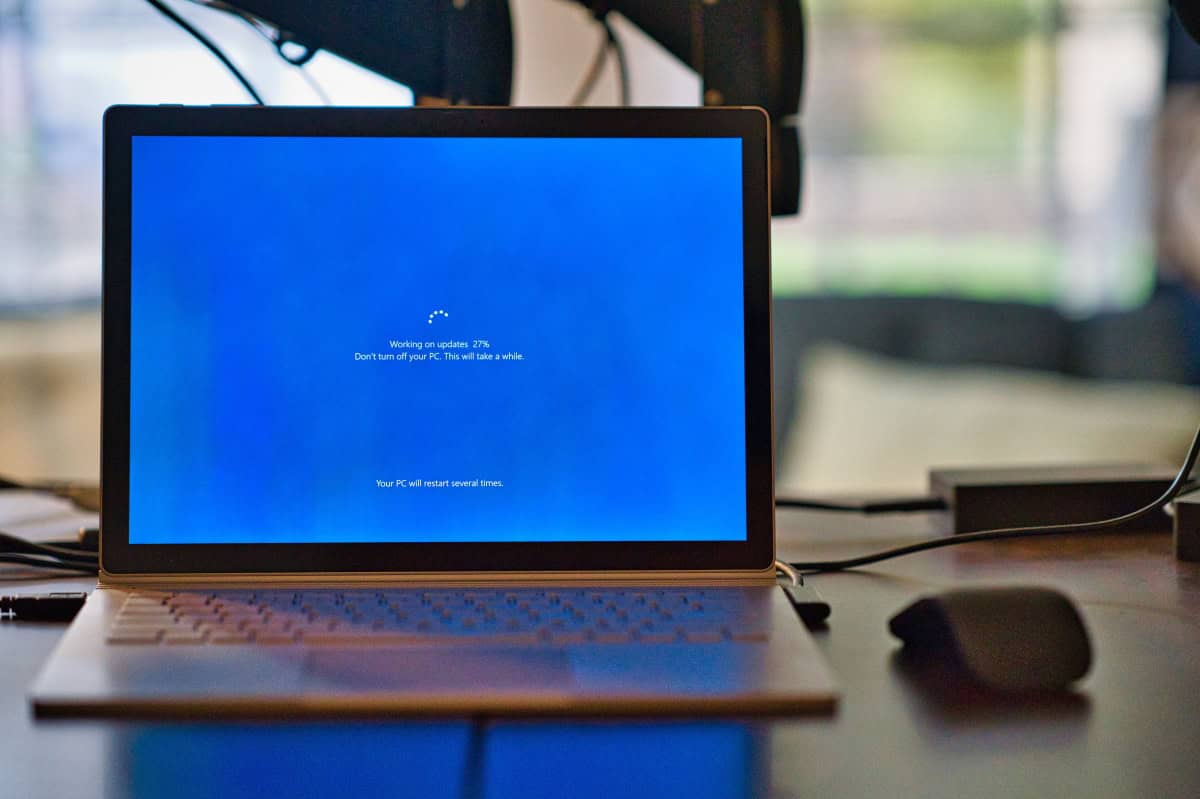Adobe Fixes Adobe Download Manager Vulnerability
A security vulnerability in Adobe Download Manager was discovered this month besides the recently discovered security vulnerabilities in Adobe Reader, Adobe Acrobat and Adobe Flash which had been discovered and fixed by Adobe previously.
We have posted information about the security vulnerability in the forum but not here on the blog. Adobe has now updated information about the security vulnerability which basically fixed the issue so that users who download and use the Adobe Download Manager from February 23 on do not download the vulnerable software anymore.
Adobe has also posted instructions to verify that the vulnerable version of Adobe Download Manager does not reside on the computer system if it has been downloaded prior to February 23.
Ensure that the C:\Program Files\NOS\ folder and its contents ("NOS files") are not present on your system. (If the folder is present, follow the steps below to remove).
Click "Start" > "Run" and type "services.msc". Ensure that "getPlus(R) Helper" is not present in the list of services.
If the NOS files are found, the Adobe Download Manager issue can be mitigated by:
Navigating to Start > Control Panel > Add or Remove Programs > Adobe Download Manager, and selecting Remove to remove the Adobe Download Manager from your system.
OR
Clicking "Start" > "Run" and typing "services.msc". Then deleting "getPlus(R) Helper" from the list of services. Then delete the C:\Program Files\NOS\ folder and its contents.
Probably the easiest way to handle the issue is to uninstall the Adobe Download Manager if it is listed in the list of installed programs. If it is it can be uninstalled easily which will remove the issue. The issue only affects Windows versions of the Adobe Download Manager.
Update: Adobe has retired its download manager to facilitate downloads of Reader and Flash Player. If you have still installed it on your system, make sure to uninstall it as it has no use anymore.
How that is done depends on the operating system you are using. The method above works for Windows 7 and older versions of Windows. Considering that the download manager that Adobe used was last used in 2010, it is fair to say that you should not encounter the program on Windows 8 or 10.
In the unlikely event that you do, press Windows-I to open the Settings app. Select System > Apps & Features, locate the Adobe Download Manager in the listing or use the search to find it, select it, and then the uninstall button to remove it from the device.

















Hi all…
Download Managers are the next “3rd party toolbar”, except lately they don’t have an easy opt-out checkbox and camouflage themselves as the program you were originally after. Good luck finding the standalone executable.
BTW, when your PDF READER requires > 200MB install to READ a PDF file, it’s time to find a new reader.
Foxit is much faster and free.